Introduction
Sliding wardrobes are not only stylish and space-saving but also offer convenient access to your clothing and accessories. Crafting a sliding wardrobe requires careful consideration of the hardware components that ensure smooth operation and durability. In this blog, we'll explore the essential hardware items you need to create a functional and aesthetically pleasing sliding wardrobe.
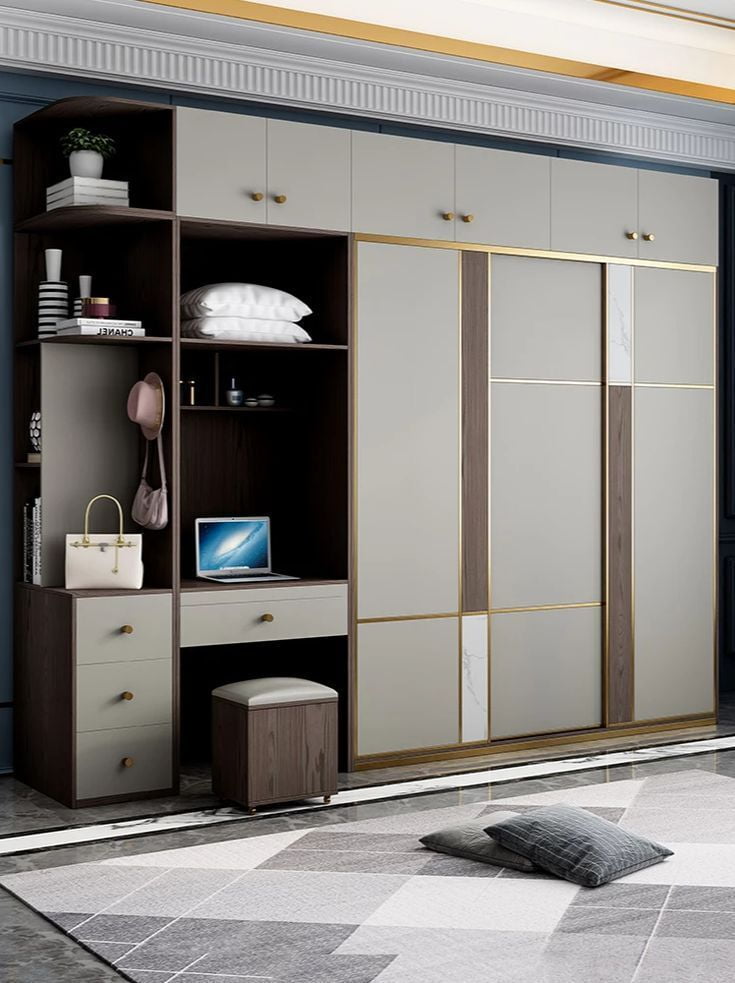
1. Sliding Door Tracks Channels and Rollers:
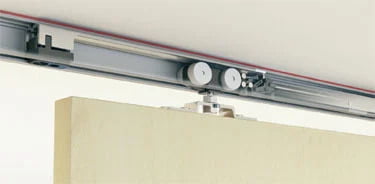
The foundation of any sliding wardrobe is the door tracks and rollers. These components facilitate the smooth movement of the wardrobe doors along the track. Choose high-quality tracks and rollers that can support the weight of the doors and withstand frequent use.
2. Door Handles & Pulls :

Door handles or pulls not only add a decorative touch to your sliding wardrobe but also provide a convenient grip for opening and closing the doors. Select handles or pulls that complement the overall design aesthetic of your wardrobe and are easy to grip.
3. Soft Close Wardrobe Mechanism :
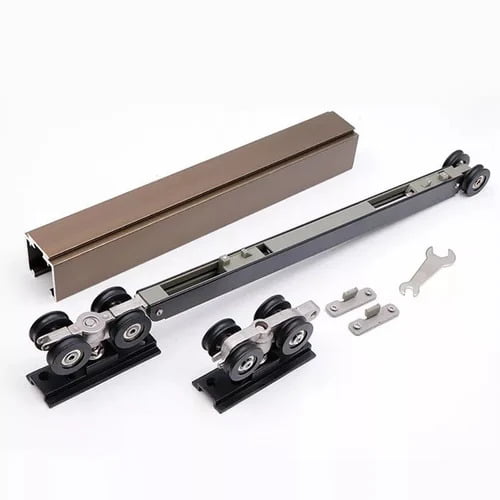
To prevent slamming and ensure quiet operation, consider installing a soft-close mechanism on your sliding wardrobe doors. This feature gently slows down the doors as they approach the closed position, reducing noise and minimizing wear and tear on the hardware.
4. Wardrobe Bottom Guides
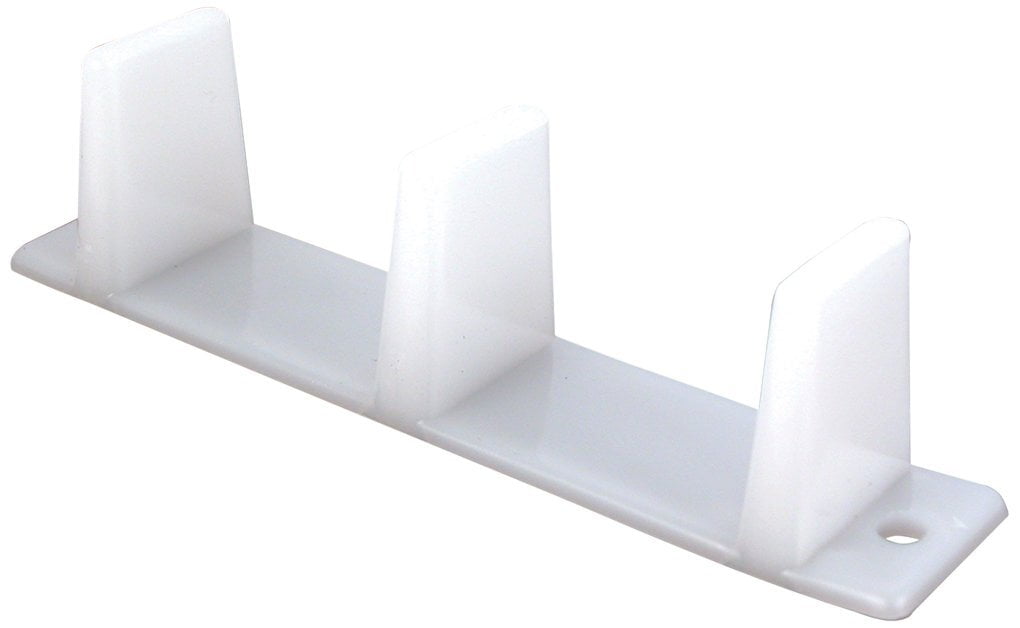
Bottom guides help stabilize the wardrobe doors and prevent them from swinging or swaying during use. These guides are typically installed at the bottom of the doors and ensure smooth and straight movement along the track.
5. Anti Jump Wardrobe mechanism
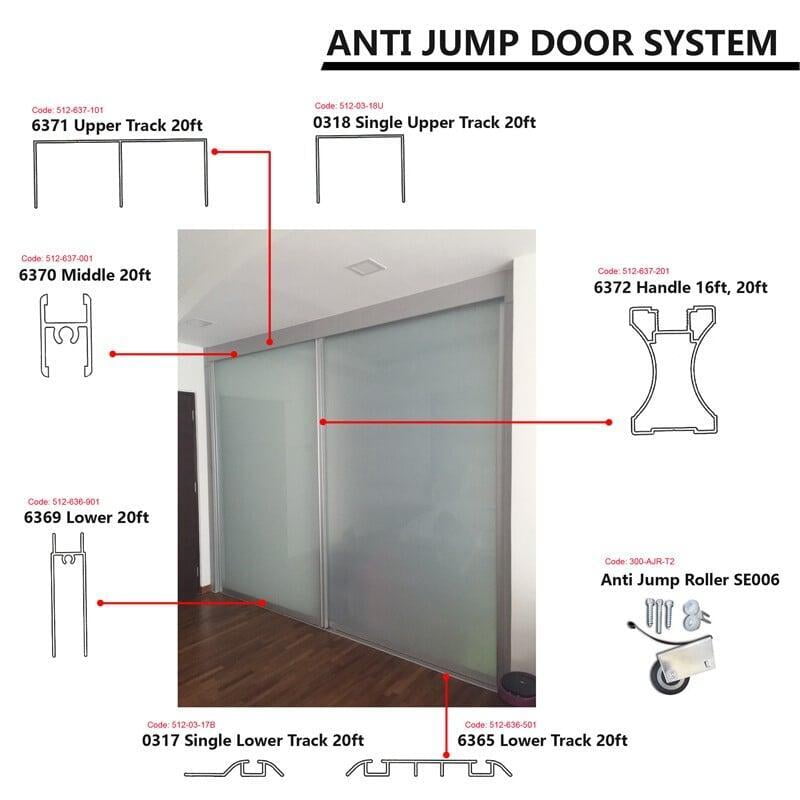
An anti-jump mechanism is essential for keeping the wardrobe doors securely in place and preventing them from derailing off the track. This mechanism consists of a small device that fits into the track and prevents the doors from lifting off accidentally.
6. Door Stops:
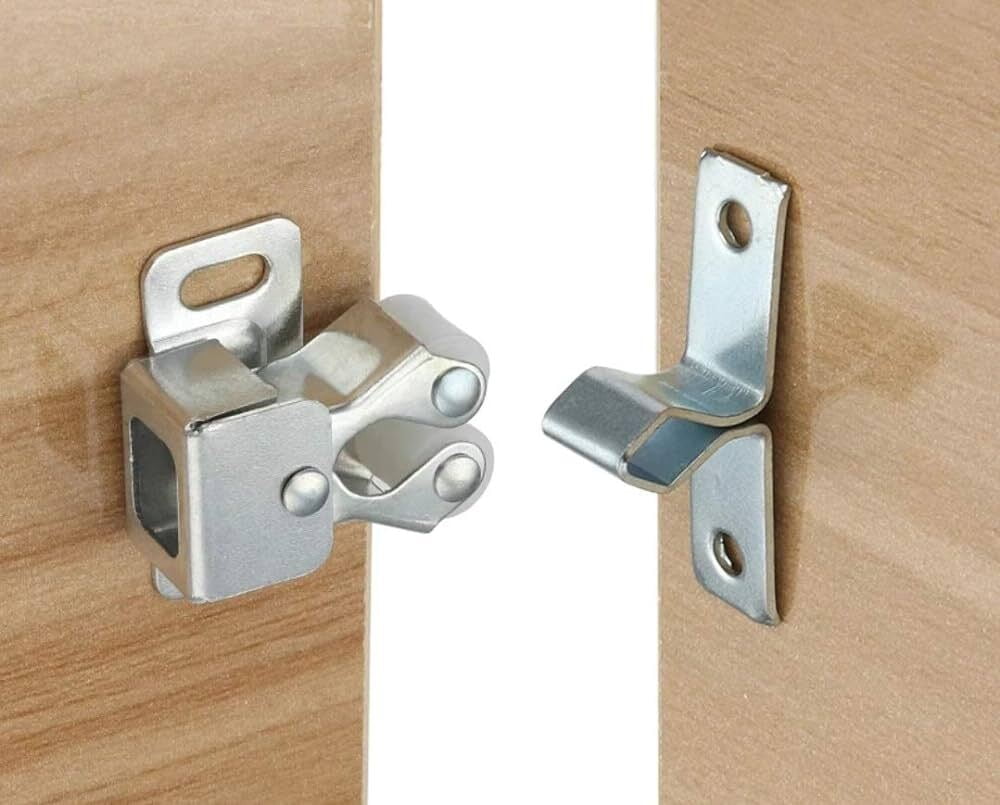
Door stops are small but crucial components that prevent the sliding doors from sliding too far off the track or colliding with the wardrobe frame. Install door stops at both ends of the track to ensure that the doors remain aligned and within the designated space.
7. Floor Stops:
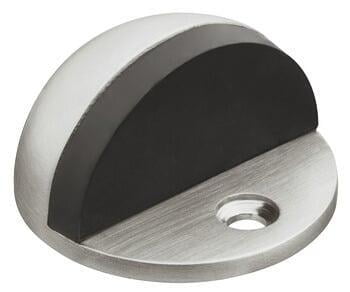
Floor guides help stabilize the bottom of the wardrobe doors and keep them aligned with the track. These guides are particularly useful for wardrobes with heavy or oversized doors, ensuring smooth and effortless movement.
8. Track Covers:
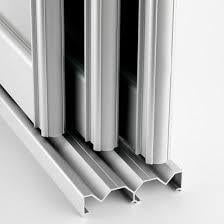
Track covers provide a finished look to the sliding wardrobe and protect the tracks and rollers from dust and debris. Choose track covers that match the color and finish of your wardrobe doors for a seamless and cohesive appearance.
Conclusion:
Crafting a sliding wardrobe involves careful selection and installation of hardware components to ensure optimal functionality and longevity. By investing in high-quality tracks, rollers, handles, and other essential hardware items, you can create a sliding wardrobe that not only enhances the aesthetics of your space but also offers convenient storage solutions for your clothing and accessories.






